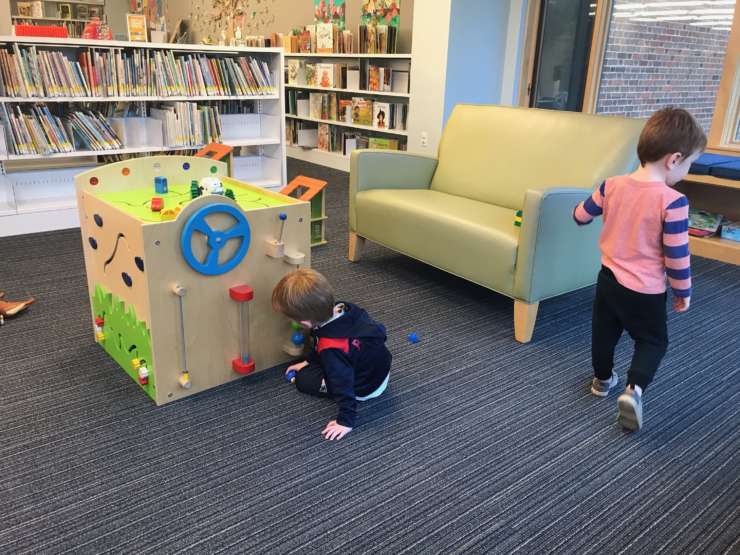Early recognition and autism intervention can greatly enhance a child’s development and improve their long-term outlook. As a parent, understanding autism and knowing how to support your child can often feel overwhelming. We will look at three early autism intervention methods parents can use at home. These techniques are designed to be incorporated into everyday routines, making therapy a more natural and less stressful experience for you and your child.
Speech Therapy
Speech therapy is a powerful early intervention method for children with autism. This technique aims to improve a child’s communication skills, enabling them to express their needs and thoughts more effectively. The primary focus is to enhance verbal, nonverbal, and social interaction skills. Techniques include repetitive practice and reinforcement of sounds, words, and sentences and using picture boards with words or symbols. Parents can incorporate these techniques at home during everyday routines. For instance, parents can name and point at different food items during meal times, encouraging the child to repeat the words. Additionally, playing interactive games can also serve as a fun way to stimulate speech and language development.
Play Therapy
Play therapy is another highly effective early intervention strategy for children with autism. This method harnesses the power of play to foster social interaction, communication, and emotional growth. Play therapy can help a child with autism develop vital skills such as problem-solving, emotional regulation, and empathy. Incorporating this therapeutic approach at home can be as simple as engaging your child in their favorite games or activities. For example, a parent could build a tower with blocks, allowing the child to practice turn-taking and cooperation skills. Similarly, pretend play scenarios, like playing supermarket or doctor, can enhance imaginative thinking and social interaction skills. Remember that the goal of play therapy is not just the game itself but the meaningful interactions it fosters, so focus on creating a fun, interactive environment where your child feels comfortable exploring and learning.
ABA Techniques
Applied Behavior Analysis (ABA) is a widely recognized evidence-based approach designed to improve specific behaviors in children with autism. ABA techniques focus on reinforcing desired behaviors while discouraging those that may be harmful or affect learning. The ABA method uses a system of rewards to teach new skills and improve behaviors. For example, a child might be rewarded with praise or a favorite toy when they demonstrate a desired behavior, such as making eye contact. To incorporate ABA techniques at home, parents can observe their child to identify a specific behavior they wish to target. Next, they can establish a system of rewards that motivates their child. It’s critical to ensure the reward is given immediately after the desired behavior is exhibited so that the child associates the behavior with the reward. It’s important to note that ABA techniques should be tailored to each child’s needs and abilities. Seeking guidance from a trained ABA therapist can be incredibly beneficial in effectively implementing this approach at home.
Now that you know a few early autism intervention strategies to use at home, you can try these methods with your child today. If you need additional support, contact South Shore Autism for early intervention autism resources. We provide numerous resources to support you and your child through this journey.




Comments (0)